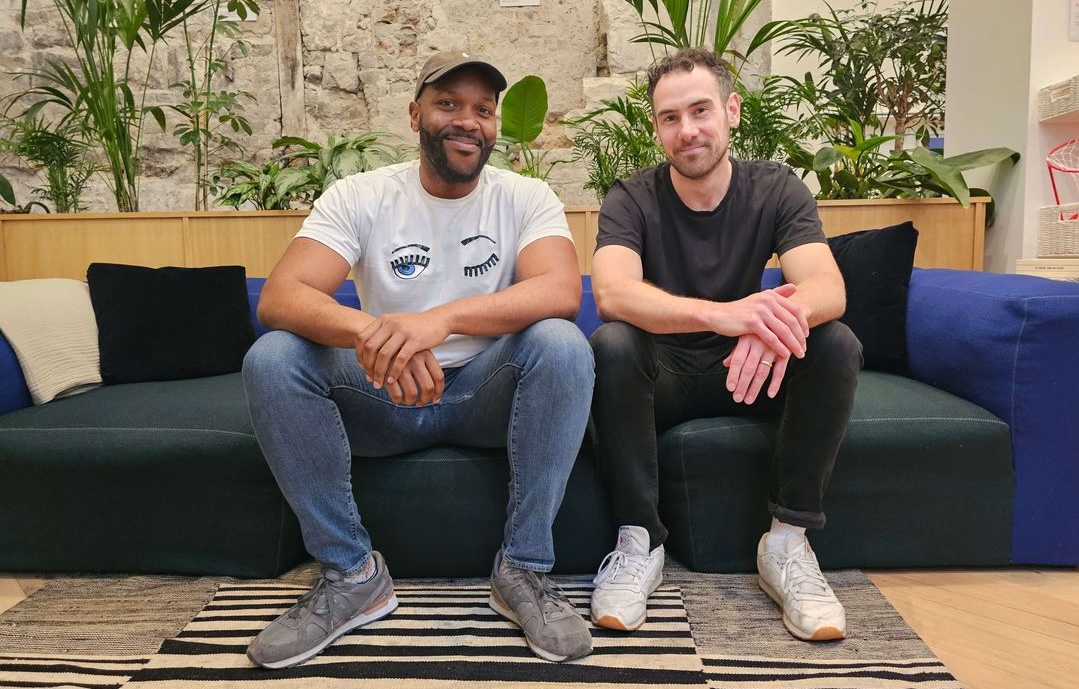ImpactAlpha, Apr. 2, 2018 – Much like children in Lake Wobegon, all private equity fund managers deliver returns in the top quartile.
Or so they would have you believe. The performance of the average fund manager is, of course, average. But it’s hard to justify fees on “market-rate” returns. If investors want to merely match the market, they can buy indexed exchange-traded funds, as Warren Buffett suggests.
In impact investing, oddly enough, “market-rate” has come to be seen as something of a high-water mark. Because of impact investing’s hybrid history, fund managers have used “market-rate” to distinguish themselves from pools of “concessionary” capital provided by governments, foundations and even well-meaning private investors willing to trade financial performance for social impact.
Now, more than two-dozen market-rate impact investment fund managers are staking a claim to a more ambitious category: high-impact, high-returns investing. Impact Capital Managers, representing more than $5 billion in capital, will kick off their new network at a two-day meeting in Chicago next month.
“We are intentionally saying, ‘There is a high-impact, high-return category,’” said Dave Kirkpatrick, managing director of SJF Ventures, a $260 million fund based in Durham, NC, who is among the founders of the new network. “There is a category of return-maximizing strategies that also drive impact.”
“We know it works. We have a track record that’s very competitive with venture-capital returns. We don’t need to be apologetic about it.”
Making the case
Membership is limited to general partners who have raised more than $25 million from multiple limited-partners, and who have explicit commitments to seek – and report – social and environmental impact. The new network will share best-practices, promote policies, develop a talent pipeline and support research and education, as well as make introductions that could lead to co-investment and deal syndication.
Perhaps its most important role will be to educate limited-partner prospects that such high-impact, high-return investing is even possible. Brian Trelstad, a partner in the US Sustainable Growth Fund of Bridges Fund Management, who helped organize the new network, said only a small fraction of individual and institutional investors have experience with impact funds.
With many other prospective limited partners, “You spend the first part of the meeting defending impact investing, or trying to prove the case that you can have high-impact, high-returns investing.”
Trelstad said the success of individual impact managers “is connected to our collective success in making the case for the kind of impact and financial returns our investments can generate.”
“We called it Impact Capital Managers very intentionally,” he told ImpactAlpha. “We want to reinforce and make it clear that market-rate impact investing is possible.”
Among the venture capital and private equity fund managers in the founding group are DBL Partners, University Ventures, HCAP Partners, CityLight Capital, Arborview Capital, ReThink VC, Small Business Community Capital and Bronze Investments. The Bain Double Impact Fund, which has raised $390 million, and the TPG Growth’s Rise Fund, with $2 billion, are also members (see, “What we know about Bain’s Double Impact Fund”).
“We don’t believe impact means concessionary returns,” said Hope Mago, a principal at HCAP Partners (formerly Huntington Capital) in San Diego, which has raised $211 million in three funds, in an email exchange. “We believe impact can result in increased employee retention, lower recruiting/hiring costs, improved employee engagement and lower environmental costs, all of which drive an increase in enterprise value and ultimately fund returns.”
Monika Mantilla, managing partner of Small Business Community Capital in Stamford, Conn., said the impact label hasn’t deterred investors. “But nobody’s said, ‘OK, you’re impact, we’ll give you more money,'” she said. “It’s really the underlying strategy that they have believed in: investing in small businesses around the country in underserved yet high-growth markets.”
Impact reporting
Just as members of Impact Capital Managers are distinguishing themselves from providers of concessionary capital, so are they separating themselves from fund managers who may make at least some pro-social investments but shun the “impact” label. Some fund managers fear that “Impact” has come to signal under-performance, scaring away limited partners. Other managers have complained that measuring and reporting metrics of impact imposes too ,much overhead on their portfolio companies, or on themselves.
“We’re fans of impact investing,” AOL founder Steve Case told The New York Times when he raised a $150 million “Rise of the Rest” fund to invest in entrepreneurs away from the coastal enclaves that command the bulk of venture capital. “But we actually didn’t position this as an impact fund. First and foremost, our goal was to generate top returns.” Case later clarified the fund has impact intentions but doesn’t have plans to measure or report that impact, and thus doesn’t claim to be an “impact fund” (see, and listen to, “How will Steve Case know whether the rest are rising with his $150 million fund?”).
Similarly, Ev Williams, a founder of Twitter and Medium, said at February’s Economist magazine impact investing event that Obvious Ventures, his $300 million venture capital firm, doesn’t ask for or require ventures to measure their impact. “We have to believe they have a positive impact,” Williams said of Obvious Ventures’ portfolio companies. But, he added, “trying to measure that is a complexity that is burdensome for a company.”
As SJF’s Kirkpatrick acknowledged, “We do see some newer funds coming out a little shy about using the word” impact. Accountability is important in part to ensure that “impact” is not merely marketing window dressing. More importantly, it’s a strategic necessity if impact is indeed central to a fund’s investment thesis.
Bridges’ Trelstad said such funds are welcome in the Impact Capital Managers network, “if they decide they want to report on impact.”
Nancy Pfund, managing partner of DBL Partners, a $500 million impact fund in San Francisco, told ImpactAlpha that an impact lens helps investors spot opportunities. “Impact markets are large markets, with lots of history and government and/or not-for-profit activity paving the way for intrepid investors who want to scale solutions or create wholly new approaches,” Pfund said.
Getting “more off the beaten path than traditional players,” she said, “opens up the real possibility of not just market-rate, but outsized returns.”











